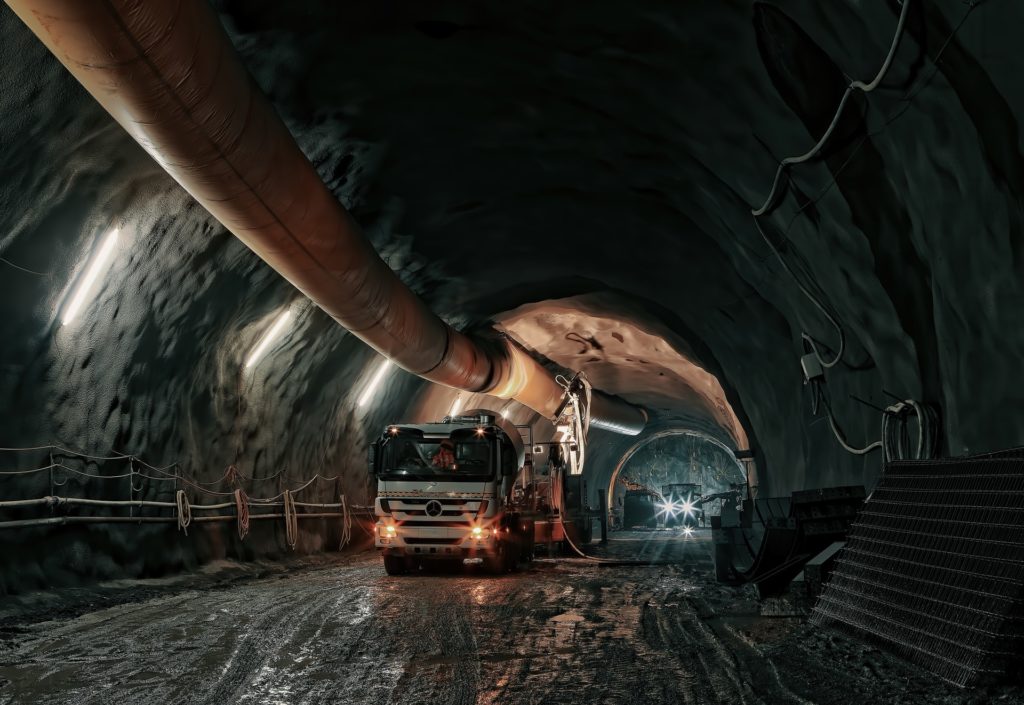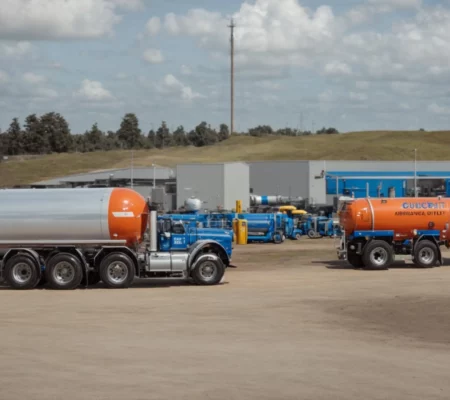There are approximately 261,500,000 ounces of gold bullion in the U.S. Gold reserves, according to the United States Treasury, and although the jewelry industry (like many others in the wake of the covid-19 pandemic) is shrinking, gold continues to be a huge commodity for the American continent.
For gold to reach its intended markets it must first be mined, which is a process that has evolved to be highly technical and under constant review. North America’s history is intertwined with the gold mining industry, from the golddiggers of old to the gold mining projects of Northern Ontario.
With that, there is also the potential for misinformation, so here is a brief look at how gold mining affects the jewelry industry.
Gold Jewelry
Gold has been used in making ornaments, pendants, and jewelry for thousands of years. As a metal, it is easy it mold, versatile to use and decorative to retail a value. Most countries around the world have used ounces of gold as currency in some form at some point in their history and have been a sign of royalty and wealth for just as long.
However, despite being easy to use, it is not quite so easy to find. One of the last few natural resources that have to be mined from the earth, its scarcity is the reason why necklaces, rings, bracelets, and pendants are still classified as precious and valuable commodities.
These same gold mining processes have been the cause of many protests over working conditions, enabling jewelers to take the initiative and work with suppliers that follow regulatory requirements and ethical guidelines.
Operating Mines Beyond North America
Though the jewelry trade may not be as high as a decade ago, gold mining across the Americas is still worth hundreds of millions of dollars worth of project value. That said, though there are still pockets of gold available all over the continent, some gold miners have found that there is more to be found internationally.
Though based in Canada, Alamos Gold in Turkey is one such example of finding gold outside of the Americas. To mine in Kirazli, Turkey, operators had to apply for the appropriate mining licenses of the local communities.
Upon receiving them, they then took on a social responsibility to improve the surrounding area’s infrastructure and minimalize any effects they would have on the natural resources nearby. This means that they must have an environmental impact assessment performed by an analyst to ensure the highest level of attention is paid to the principles of the World Gold Council.
Expansion Southwards

Most recently, Alamos Gold has embarked on a project to build a new mine in Mexico, accompanying their Mulatos mine. The new one, La Yaqui Grande, will be the second in South America and adds to the Young-Davidson and Island Gold mine in Ontario, as well as the projects in Turkey.
To have an active presence in the area, Alamos Gold has promised to help reforestation of the area, and continue to help the local area, much in the same way as with the Turkish projects. By investing in the area, Alamos is hoping to maintain a good relationship between the local governments and the stakeholders, and ensure that ethical and environmental commitments are adhered to.
In addition, investing in the local workforce means that they can take on more employees and therefore export more gold from the mines. This helps the jewelry industry retail their product with peace of mind and in an ethical way, without worrying about the source of their gold.
After several years of protests, the gold mining industry (much like the diamond industry) is moving forward to a sustainable and ethical future for all.






